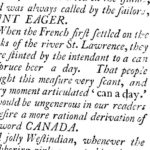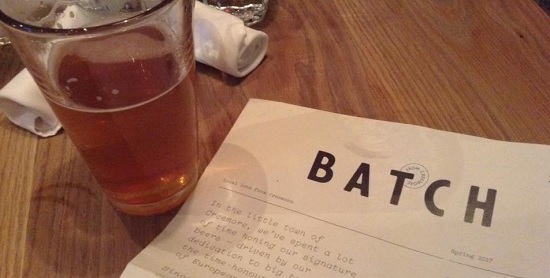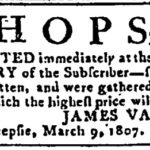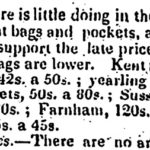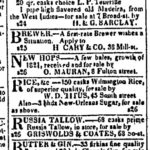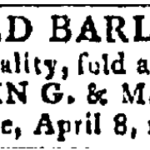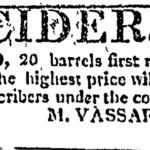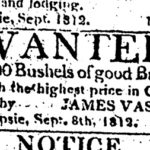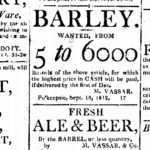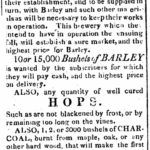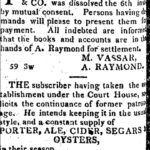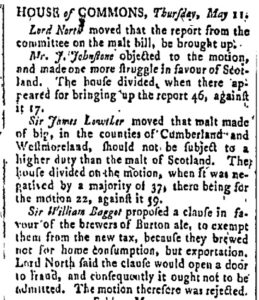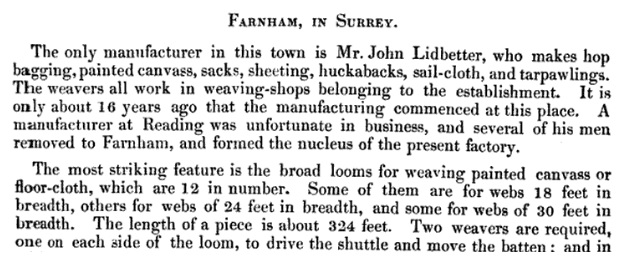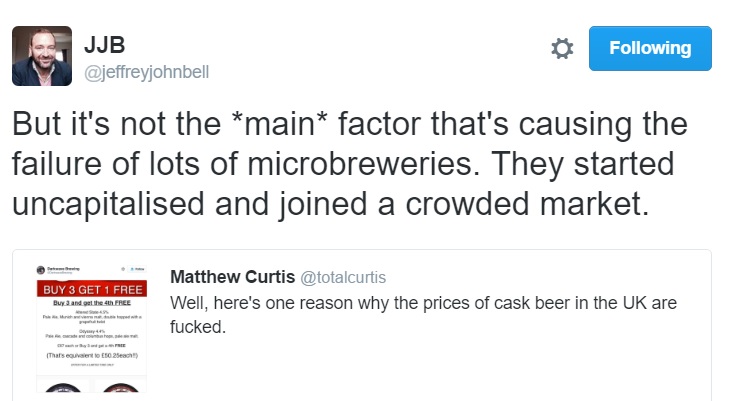What can we say about 2017? Not as many celebrity rock star deaths as in 2016, I suppose. And we are not yet into the Putin war years. So, all in all a year to look back upon fondly. It is the time of triumphalist beer pronouncements, whether by blogger or brewer, at bit at odds with the infantalization, death on the shelf and often resulting profiteering that really misses the key point: that being that the beer drinker really needs to be at unending war with the breweries she or he supports. If I have any message for you during this holiday season, it is that.
What else is going on out there? The Braciatrix has a very good piece about Vikings, brewing and Yuletide. One of the things I like best about her point of the post, which focuses on the roles of women in Norse brewing, is how there is a weaving with the roles of men in brewing. Given what I have learned and am still learning about Renaissance brewing in Tudor England and the Hanseatic Baltic, I suspect that the range of intimate scale household brewing to the ale house to public festive celebratory consumption to early industrial export brewing held places for both women and men, in contexts likely quite strange to we moderns. Fabulous stuff.
Also fabulous? Any post by Ron where he is wandering in and out of pubs. And any post by TBN where he is proving again that no more than about 50% of craft beer is worth it given the other better and often cheaper 50% of craft beer. Or a brewery tour post when Ed has to use the washroom.
Mr. Lawrenson has posted a rather special year in review, one a bit unlike the others – not the least of which was him noting his own lack of activity. I quite like his Teletext tweets, especially how the medium de-aggrandizes the puff he like to waft away. There is so little rejection of the brewery owner as wizard theme going around in these days of the great schism and resulting gap filling that his commentary is always welcome relief. I look forward to more editions of his News in Brief in 2018.
Remember: pay your taxes. And quit complaining about paying taxes with your beer while you are at it. You want western civilization? Pay for it.
You know, much is being written on the murk with many names. Kinderbier. London murk. NEIPA. Gak from the primary. Milkshake. It’s gotten so bad in fact that even Boston Beer is releasing one, a sure sign that a trend is past it. Some call it a game changer, never minding that any use of that term practically guarantees something isn’t. They need to live as the hero in an exceptional time, I suppose. No such luck. My comfort is that the sucker juice of 2017 is so identifiable and so avoidable. My prediction? Clarified murk will be the hit of 2018. Which will take is full circle. To Zima. Then on to the low and no-alcohol ones.
Boom: “The late, great Don Younger (founder of the Horse Brass Pub) used to encourage beer competition by saying that a rising tide raises all boats, if that’s true than 2017 may be the year those boats began taking on water.”
And keep your US craft in the US, thanks very much. We have more than enough of our own elsewhere.
Finally… you know, time was this would be when I was rushing around getting the Yuletide Kwanzaa, Hogmanay, Christmas and Hanukkah photo contest results are. How happy is the house that the tears and denunciations that went along with that are over. I found the prospect of transferring the entire set of contest posts to this the new site too daunting. Fortunately, the wonderful Wayback Machine has saved about 379 versions of the original website over the years and you can go browse the decade of 2006-15’s worth of the photo contest posts. To pique your interest and as a Yuletide treat, here are all the winners from the ten years including the favourite of all time from 2007 above which Stonch, then co-contest administrator, described this way:
First, the best image depicting some element of beer culture comes from John Lewington. He calls it “Two pints of bitter”. This is candid photo John took of two old boys enjoying their Sunday afternoon ale in a 17th century pub in Aldeburgh, Suffolk. Perhaps they’re old friends, or maybe they barely know each other. When this photo was taken, it didn’t matter: they were immersed in their own worlds for a moment. It’s a beautiful photo, and my favourite overall.
Click on the image for a larger version of each year’s winner.
 |
||
 |
||
 |
||
 |
||
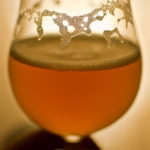 |
||
 |
||
 |
||
 |
||
 |
||
 |
||
 |
There you are. Another year over and deeper in debt. Don’t go crazy at New Year’s Eve. There’ll be another one in 12 month’s time.


